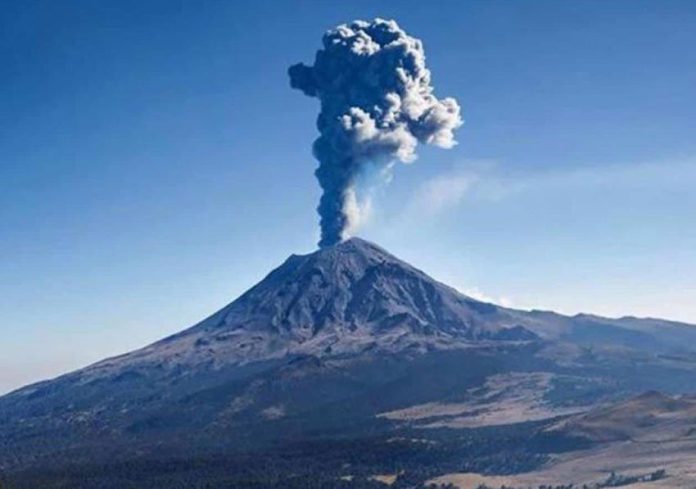Federal and state officials are examining evacuation routes and other preventative measures to safeguard the 275,000 people who live in a 30-kilometer radius of one of Mexico’s most active volcanoes.
Civil Protection officials from the five states located around the Popocatépetl volcano met with their federal counterpart and the head of the National Disaster Prevention Center (Cenapred) to design a coordinated response plan in case of a major eruption.
The first item on the agenda is to review the status of the evacuation routes, after which the state governments will ask for the federal funding needed for their maintenance and improvement.
Federal Civil Protection chief David León Romero stressed that current activity at the volcano does not require an emergency alert, and that the motive for the meeting was to “inform the public that we are working as a team, and that we’re doing so as a preventative measure.”
He also remarked that coordination between authorities at the municipal, state and federal levels is ongoing, allowing for the public to be informed about volcanic activity in a timely manner.
Óscar Zepeda Ramos, general director at Cenapred, said the volcanic alert remains at its usual yellow, phase 2, meaning that the release of water vapor and gas plumes is to be expected, as is the light fall of ash in nearby areas accompanied by incandescent fragments.
The alert level also warns of the possibility of eruptions causing pyroclastic flows and mudslides carrying debris, although at such a small scale that evacuation of neighboring areas is not required.
The volcano’s current period of activity started 25 years ago and has consistently remained at the same alert level with sporadic lower-scale eruptions.
Source: Milenio (sp)
